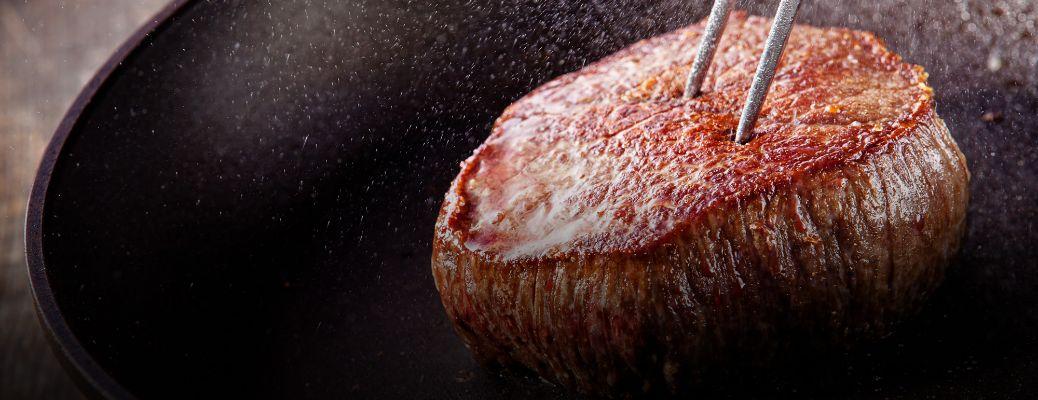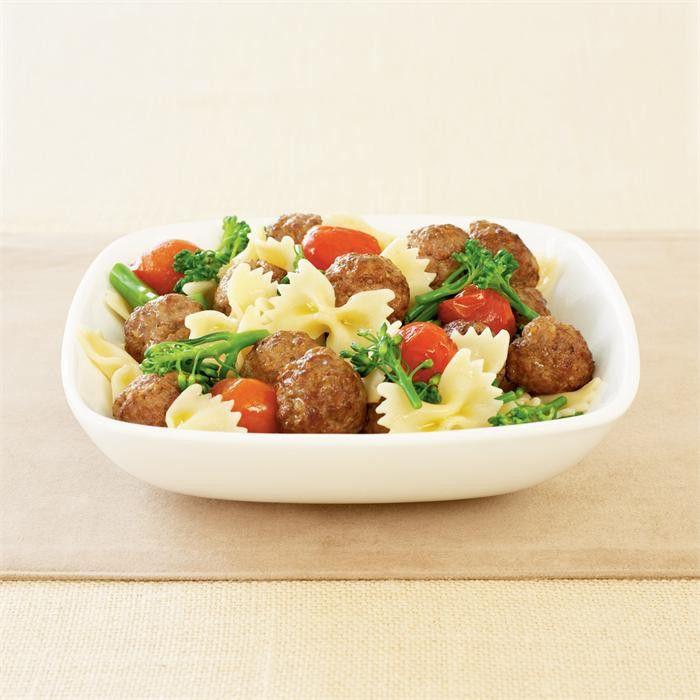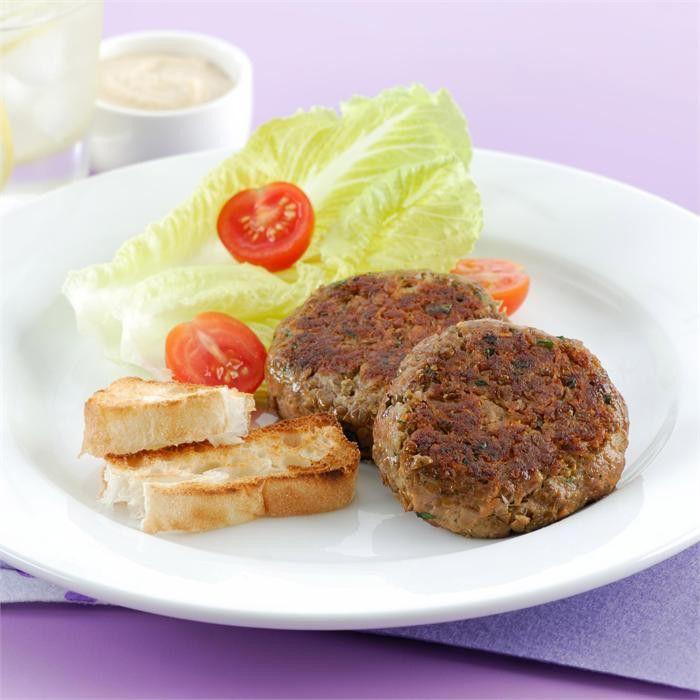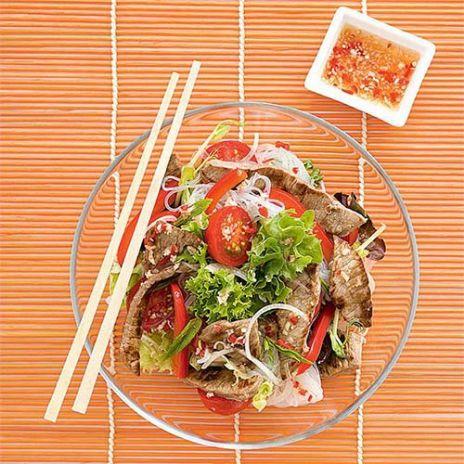- Home page
- Dive into cooking methods 101
- Cooking methods
- Start with the easiest? Let’s pan-fry.
The fast and easy technique of pan-frying is the building block for many beef, lamb and veal recipes. It's an easy way to cook, perfect results depend on attention to detail. Follow our trusty tips to pan-frying glory.
Easy steps to perfectly pan-fry beef and lamb

Step 1 - Preheat the pan to moderately hot. Use a pan that suits the number of pieces to be cooked. Brush the meat lightly with oil.

Step 2 - Meat should sizzle when you add it to the pan. Keep the heat moderately high; this should be enough to keep the meat sizzling without burning.

Step 3 - Cook one side until the first sign of moisture appears on the upper side, turn and cook the other side. Turn once, for rare and medium. For well done, turn a second time. Once moisture re-appears, reduce temperature until cooked.

Step 4 - Test for doneness with tongs. Rare is soft when pressed, medium is springy and well done is very firm. Rest the meat for a few minutes before serving.
Meat thickness
- For the best results when pan-frying, lamb cuts should have a minimum thickness of 15mm
- For the best results when pan-frying, beef cuts should have a minimum thickness of 21mm
- Steaks over 30mm in thickness that are cooked above medium should also be finished in a hot oven
Pan-frying tips
- Use a heavy-based pan for maximum heat retention. Meat needs to sizzle and begin to brown as soon as it hits the pan. A heavy based pan will heat evenly and hold its heat during the cooking process.
- It’s best to use a pan that suits the number of pieces to be cooked. The pan must be of a size to hold the meat snugly. Over crowding the pan will trap the meat juices in the bottom and the meat will stew. If the pan is too large the meat juices will burn in the areas where the meat does not cover them.
- Turn meat once only for rare and medium. It’s best to cook the first side until the first sign of moisture appears on the uncooked side, turn and cook further. For lamb tenderloin/fillets or eye of loin/backstrap you may need to turn the meat three or four times so all sides are browned.
- Test if the meat is ready with tongs. Rather than timing test the meat for degree of doneness with tongs. Don’t cut into the meat with a knife, it will only make it dry and tough. Use the blunt end of the tongs to prod the meat in the thickest part.
Other types of frying
Sautéing involves quickly cooking meat such as thin steaks or veal escalopes over a moderately high heat in a small amount of butter and oil.
Shallow-frying is the method used to cook crumbed or floured schnitzels and cutlets. Oil is added to a heavy based pan, to the depth of about 1.5cm (for a medium sized pan). Do not crowd the pan when shallow-frying as it will reduce the heat and the crumb coating will soak up the oil. Allow the oil to reheat between batches.
Deep-frying is of course when the food is fully submersed in hot oil or fat to cook.

Best cuts for pan-frying
Beef
Fillet/tenderloin, ribeye/scotch fillet, sirloin/porterhouse/New York, t-bone, rump, round, blade, oyster blade, silverside sandwich steaks, lean mince for burgers.
Lamb
Steaks (round or topside), fillet/tenderloin, eye of shortloin/ backstrap, loin chops, leg chops, chump chops, lamb cutlets.





